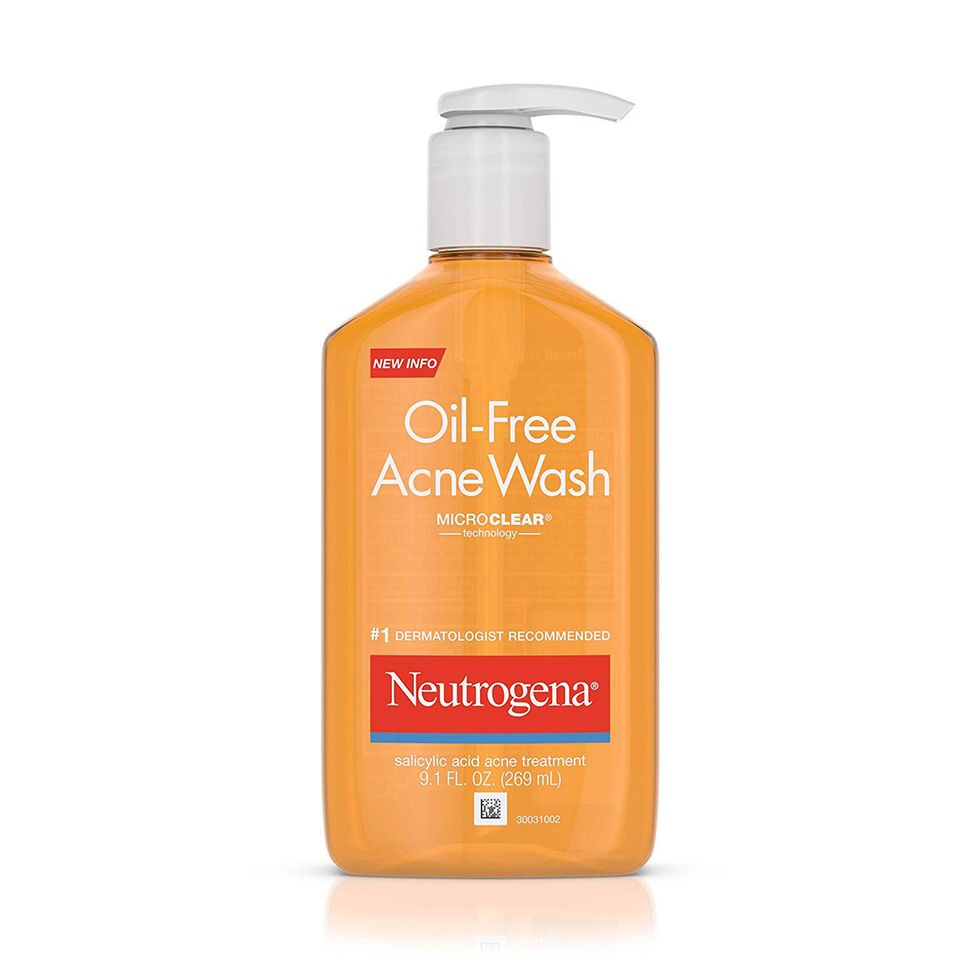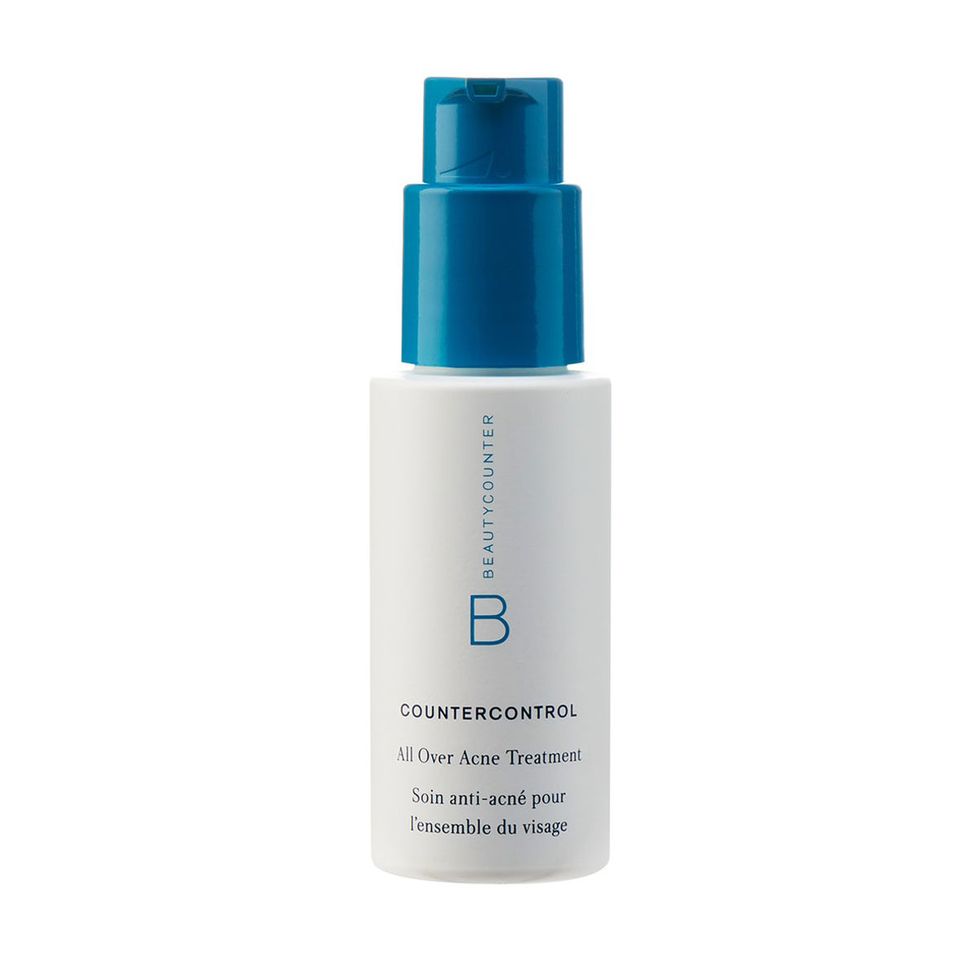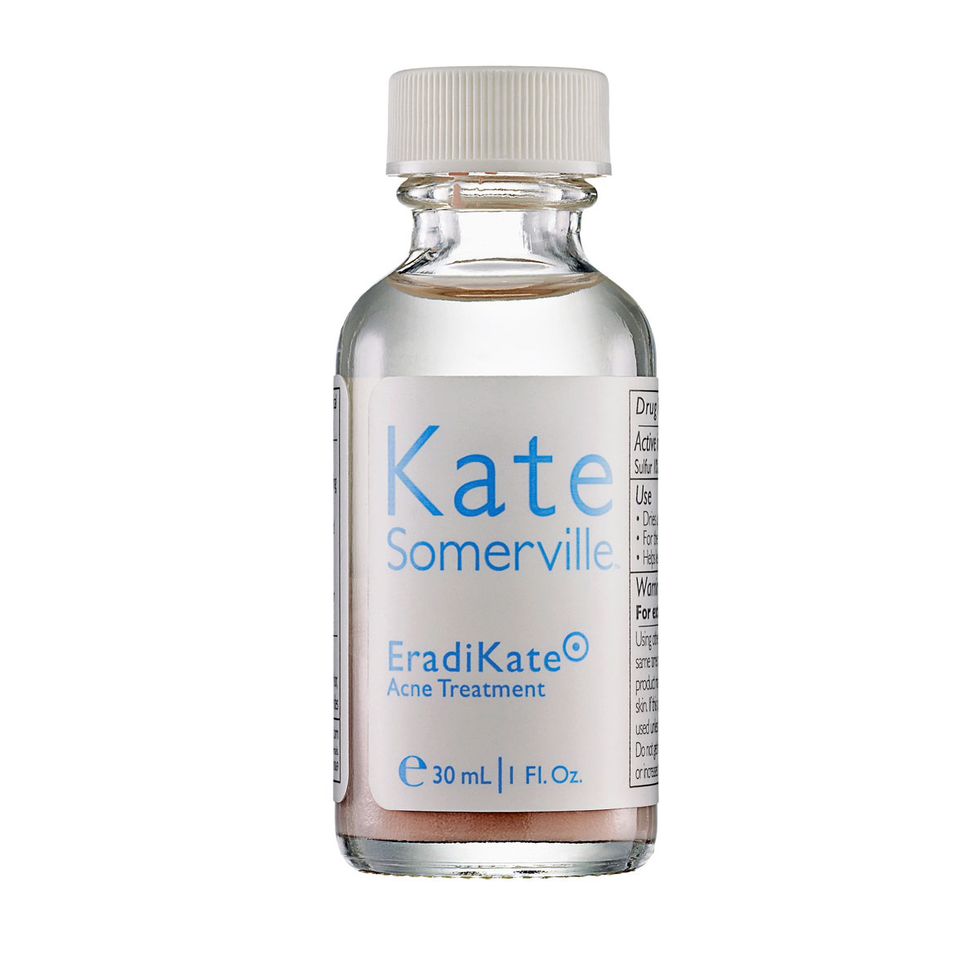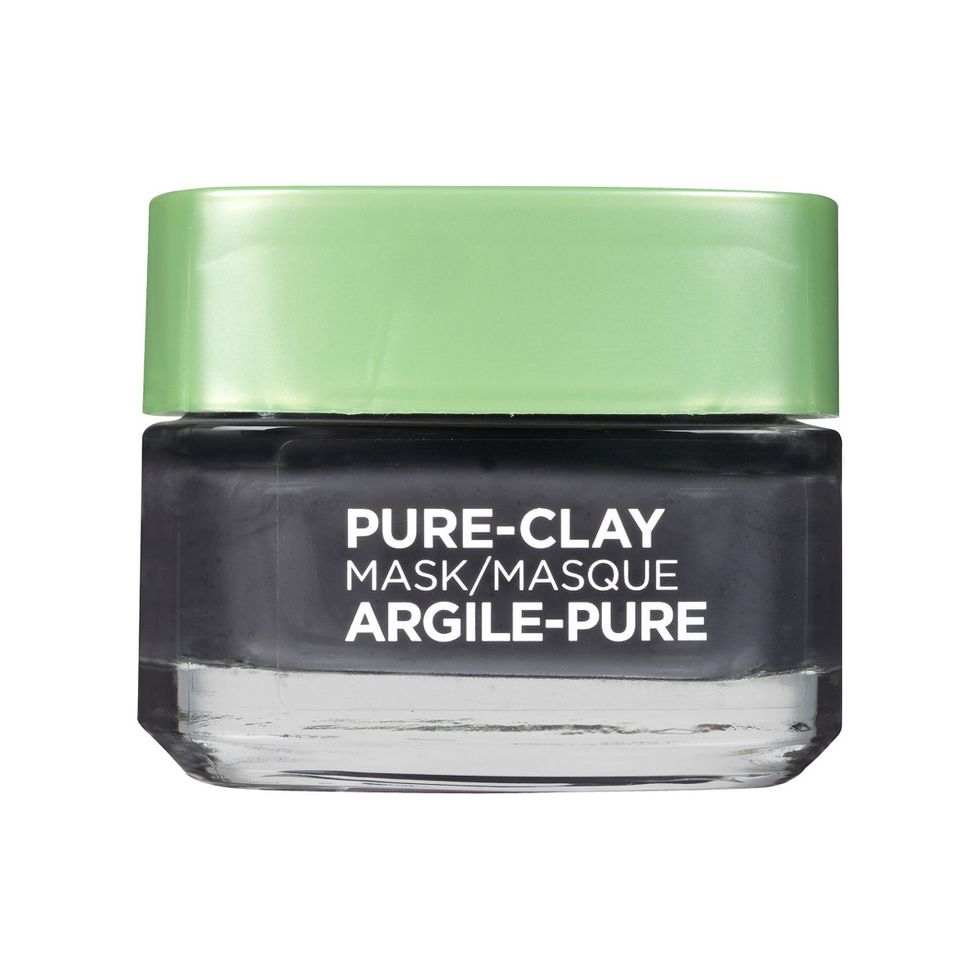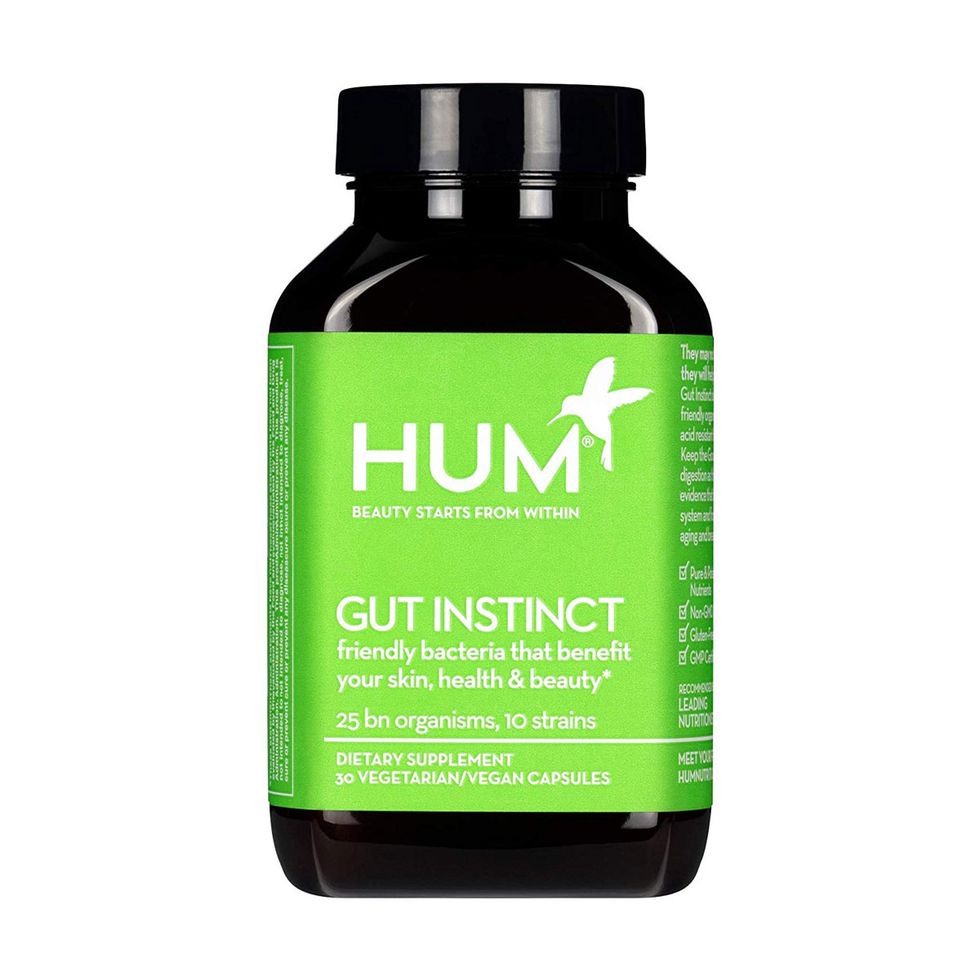Skin
Environmental Acne: Why Your Lifestyle Might Be to Blame
Expert advice on how your daily choices can impact your skin.
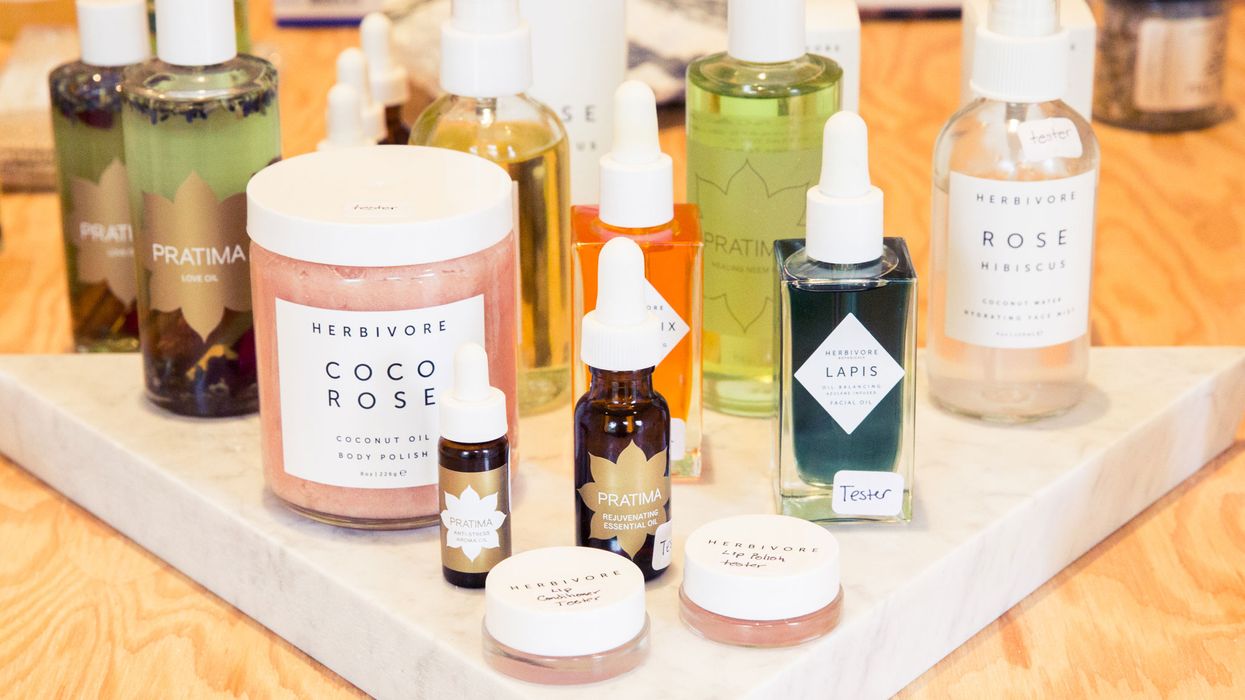
13 December, 2019
10 November, 2021
There’s been no shortage of musings about how your diet, travel, and general lifestyle choices can affect the health of your skin. Just think about that crazy pimple you get every time you step on a plane. Or how a birthday weekend filled with cake and champagne can leave you looking especially lackluster come Monday. But which of our decisions is directly causing breakouts, and what is just hearsay? Do we really need to cut out cheese from our diets in order to avoid a face full of acne? The answer may surprise you…
We’ve already investigated how and why both your hormones and stress can negatively impact your skin, so we decided it’s time to learn more about the factors you can control the most: your environment. There are dozens of choices you make on the daily—from products to your coffee order—that can tip the scales in your skin’s favor and make it easier for you to stop pesky breakouts before they even start. And on the flip side, there are a few things you may not even realize could be causing a flare-up at the worst possible moment.
In order to answer all of our burning questions about how we may be directly affecting our skin via how we live our lives, we spoke with three skin-care experts: Dr. Joshua Zeichner, director of cosmetic and clinical research in dermatology at Mount Sinai Hospital, Dr. Ellen Marmur, dermatologist and founder of Marmur Medical, and Dr. Whitney Bowe, a leading dermatologist based in New York City and author of Dirty Looks. Everything they had to say about acne and your environment below.
We’ve already investigated how and why both your hormones and stress can negatively impact your skin, so we decided it’s time to learn more about the factors you can control the most: your environment. There are dozens of choices you make on the daily—from products to your coffee order—that can tip the scales in your skin’s favor and make it easier for you to stop pesky breakouts before they even start. And on the flip side, there are a few things you may not even realize could be causing a flare-up at the worst possible moment.
In order to answer all of our burning questions about how we may be directly affecting our skin via how we live our lives, we spoke with three skin-care experts: Dr. Joshua Zeichner, director of cosmetic and clinical research in dermatology at Mount Sinai Hospital, Dr. Ellen Marmur, dermatologist and founder of Marmur Medical, and Dr. Whitney Bowe, a leading dermatologist based in New York City and author of Dirty Looks. Everything they had to say about acne and your environment below.
Top Environmental Stressors
We already know that your skin would be happiest in a bubble filled with the exact right amount of humidity, weekly facials, zero stress, and mountains of farm-fresh veggies. Sadly, life doesn’t pan out that way for the majority of us, so it’s helpful to know what exactly we should be paying attention to in order to ensure that our skin is as healthy as it can be in the real world. Says Dr. Marmur, “The top culprits that trigger environmental acne are travel, stress, pore-clogging skin-care products, picking, and diet. Remember, acne reflects your internal and external environment.” Dr. Zeichner and Dr. Bowe agree that the products you choose to incorporate into your routine and the foods you eat are often directly related to the quality of your skin.
Diet & Acne
We’ve heard that everything from dairy and sugar to carbs and fat can trigger a breakout—it’s time to learn what really causes internal stress and thereby leads to acne. Across the board, dermatologists agree that foods with a high glycemic index can exacerbate breakouts. According to Dr. Bowe, that means, “any refined carbohydrates like white bread, white pasta, chips, cornflakes, cold cereal, pretzels, cakes, and cookies are skin saboteurs.” We know—all the fun stuff. She explains that these foods rapidly increase your blood sugar, which in turn creates a spike in your blood insulin levels. “That creates a cascade of events that ultimately leads to increases in your sebum production as well as increased stickiness of the cells lining your pores.” Translation? Inflammation and acne are in your future.
Interestingly, we can look to cultures where these foods are rarely, if ever, a part of the daily diet to see the difference in skin condition. Says Dr. Zeichner, “No acne is seen in aboriginal cultures that are free from refined sugars. It is thought that [these types of] foods with a high glycemic index can increase levels of a messenger in the body called insulin-like growth factor 1 (IGF-1).”
Dairy & Acne
The general mind-set of both internists and dermatologists has long been that dairy, especially from cows, is not the wholesome, hearty staple we’ve been led to believe. Aside from the health benefits of cutting out milk from your diet (and given that the nation’s biggest dairy producer, Dean Foods, just filed for bankruptcy), it makes sense that there is also a skin-care benefit to switching to an alternative milk option like soy, oat, or almond. Says Dr. Zeichner, “Cow’s milk, particularly skim milk, has also been associated with acne. It is thought that the high sugar-to-fat ratio in the milk, along with hormones transferred from the lactating cow, causes inflammation in the skin.”
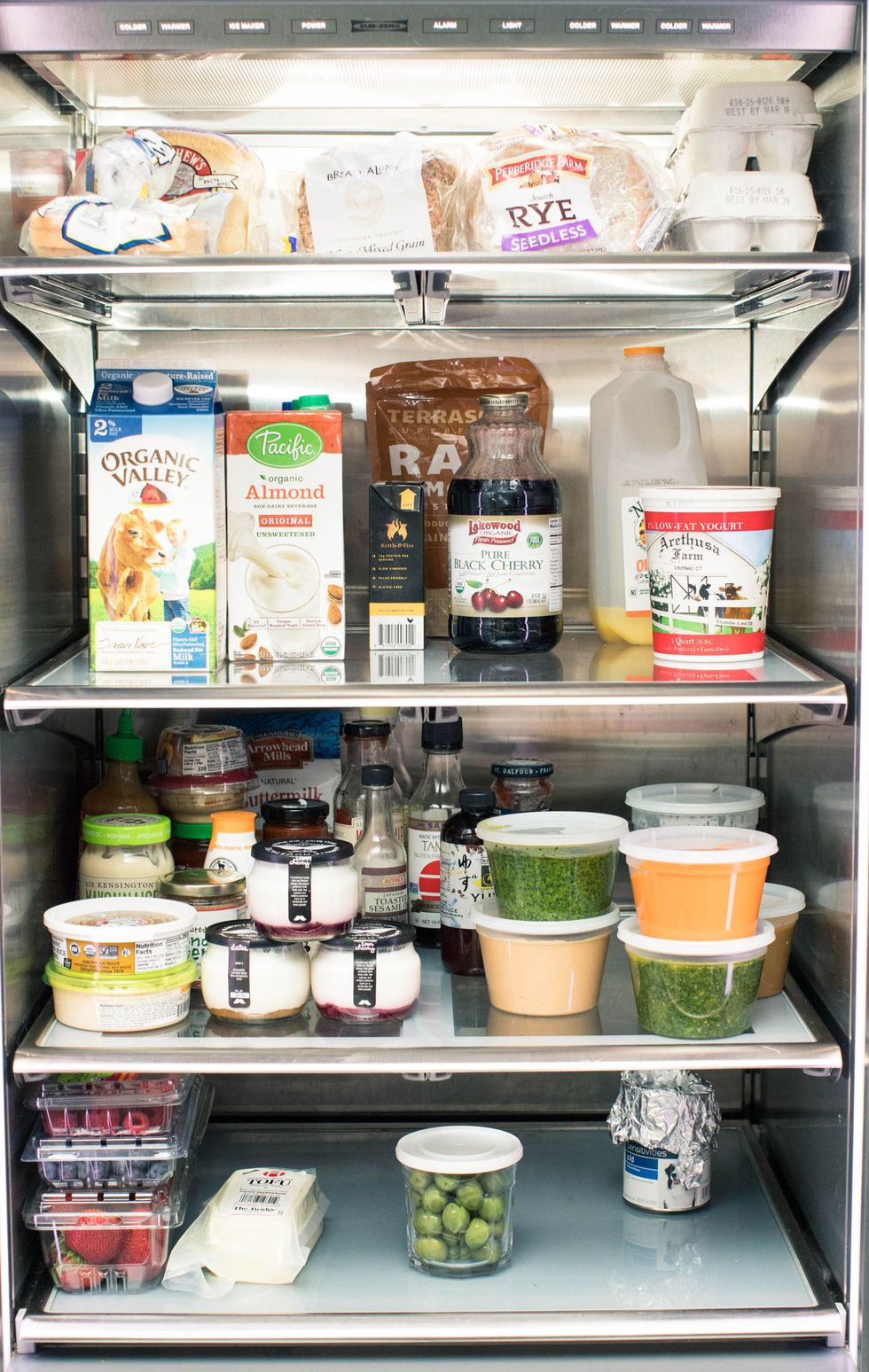
Dr. Bowe offers another reason why skim milk might just be the worst of the dairy offenders. Because hormones are lipid soluble, meaning they are dissolved in fat, removing that fat to make skim milk can also remove many of the hormones. If hormones found in milk were the only reason for triggering acne, whole milk would be the most problematic. “That’s not what the studies show,” she says. “Instead, the studies show that skim milk is the worst when it comes to acne. I believe it all comes down to the milk proteins: whey and casein, which are added to skim milk to make it taste less watery. Whey increases insulin levels, while casein increases levels of insulin-like growth factor 1, which is known to trigger breakouts and has been a root cause of severe acne in athletes and bodybuilders who consume large quantities of whey supplements.”
But there is one spectacular upside to this near blanket dismissal of dairy: You don’t have to shun cheese and yogurt. In fact, as Dr. Bowe reveals, “Yogurt and cheese don’t appear to have the same effect as skim milk. Rather, probiotics in yogurt can actually help control your breakouts and are known to calm inflammation in your skin.” Small victories!
But there is one spectacular upside to this near blanket dismissal of dairy: You don’t have to shun cheese and yogurt. In fact, as Dr. Bowe reveals, “Yogurt and cheese don’t appear to have the same effect as skim milk. Rather, probiotics in yogurt can actually help control your breakouts and are known to calm inflammation in your skin.” Small victories!
Products vs. Breakouts
You know the feeling—you’re all excited to try a new foundation, or a friend recommended a serum that gave her impossibly glowy skin, but, after a few days wearing the newest addition to your beauty routine, you wake up with a juicy pimple right in the center of your cheek, jaw, or forehead. So how to tackle these types of breakouts and keep them from happening again? First and foremost, keep track of everything you’re using and when you’re switching to a new product. Says Dr. Marmur, “If you’re breaking out, try to think about it as if there is a pattern to it. It’s best to slowly take away certain ingredients that could be causing a breakout.” That means if you want to try something new, stick to one product as opposed to multiple at one time so you can determine which is the culprit.
Dr. Zeichner also emphasizes that it isn’t always the products you use on your face directly that can cause problems—hair care can be equally to blame. “Products such as pomade can physically block your pores, causing acne. The same may be true if you have bangs or wear tight hats or headbands. These breakouts typically all look the same and are usually blackheads and whiteheads, as opposed to angry bumps or pus pimples. Although it may be caused by other factors besides hair-care products, this type of acne is commonly referred to as pomade acne.”
A general rule of thumb for keeping your skin happy throughout trying new things is looking for makeup and skin care that is labeled as oil-free and non-comedogenic, meaning it won’t clog your pores. Heavier oils, which are popular this time of year, can wreak havoc and lead to congestion across your T-zone especially. Err on the side of caution when it comes to these ingredients, and be sure to read labels diligently.
Skin Purging
We’ve heard lots of back-and-forth from friends and colleagues over whether skin purging is real—meaning your skin is reacting to a new product because it has forced the underlying breakouts to the surface. So is this a real thing, or a rumor incubated in the depths of a Reddit skin-care forum? Our derms agree that it does occur, but it’s not universal across every type of product. Says Dr. Zeichner, “Skin purging is a real phenomenon that refers to the skin eliminating blockages from within. This typically occurs after applying topical retinoids to the skin, as they enhance cell turnover and clear blockages from the follicles.”
Dr. Marmur agrees, but emphasizes that it is rare and cannot solely be blamed on trying a new product; rather, it depends on the ingredients themselves. She cites Accutane as a common culprit of skin purging, but essentially shuts down the idea that a new cleanser or face mask will cause your skin to purge (unless it contains ingredients that encourage cell turnover). So if you’ve swapped out a serum for something without these types of actives, and you’re seeing breakouts over the course of a few weeks, it’s very likely that it’s not the right product for your skin.

Acne & Genetics
You know that friend who can down an entire tub of buttery popcorn, or enjoy a bowl of ice cream, without ever complaining of the ensuing breakouts? Her genetics are likely at the root of her seemingly perfect skin. It’s harsh, but it’s true. Says Dr. Zeichner, “Your genetics determine whether your skin will break out when exposed to environmental factors. For example, some people may be uniquely susceptible to diet. Eating sugary or starchy foods may cause breakouts in one individual but do little to affect another.” Regardless of genetic factors, sticking to healthy lifestyle choices will only improve the quality of your skin and help reduce breakouts over time. Don’t compare your skin to the people around you, and realize that what products might be right for her could very well cause havoc for you.
Treatment
Keeping track of what you’re eating, drinking, and products you’re using is priority number one for keeping environmental breakouts to a minimum. Think about it: How are you supposed to know what’s making your skin react if you’re drinking skim-milk lattes and testing five new products a week? Streamlining your routine and making a point of prioritizing your skin with your choices is essential for getting breakouts under control.
The next step, as Dr. Marmur recommends, is a product cleanse. “Avoid chemicals. Avoid any skin wipe, skin brushes, exfoliators, and toners. Use extremely gentle and hydrating products followed by MMBalance Serum and the MMSphere on the Blue Light setting. This will calm acne and prevent future breakouts.” Cutting back to just a few products while simultaneously adding a targeted treatment like blue LED light will reset your skin and get you primed to start introducing new skin-care items into your beauty routine.
Cleansers, treatments, and masks that contain acne-fighting ingredients like benzoyl peroxide, zinc, and salicylic acid will also help you combat existing breakouts and normalize oil production so your pores remain clear. Internally, incorporating a probiotic into your diet can also help fight acne and prevent breakouts before they even start. Says Dr. Bowe, “Lactobacillus paracasei has anti-inflammatory properties and helps strengthen the skin barrier to prevent moisture loss. [There is] potential benefit in acne, rosacea and eczema, sensitive skin, and dry skin.”
Overall, paying attention to what you’re consuming in your diet as well as the products you incorporate into your routine will help you determine what you’re sensitive to, what to avoid, and how to help your skin flourish. Compared to other causes of acne, this is one type of breakout you can take tangible steps towards treating with just a few lifestyle changes. Clear skin is in your future, we promise.

